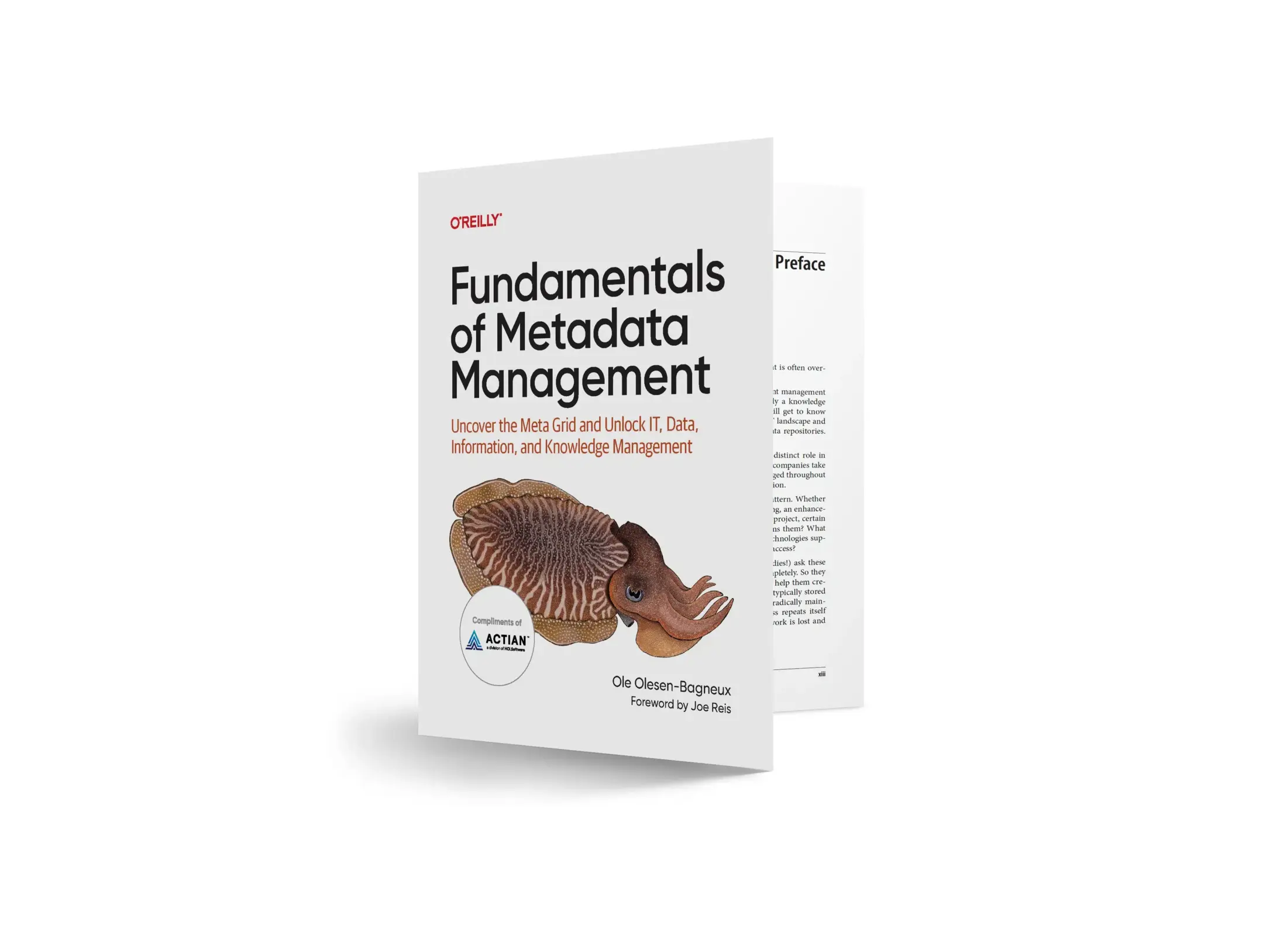What Exactly is Data Visualization?
Emma McGrattan
October 17, 2022

Every day, 2.5 quintillion bytes of new data are created worldwide – giving businesses access to new sources of information that they can use to create better experiences for their customers and confirm for many that big business knows pretty much everything about you.
Last week, I was in Boston for sales training and sampled Jameson Orange for the first–and last–time. The choice of something so sweet is out of character for me and not part of my normal shopping patterns. Ten minutes later, when I got my phone out of my pocket to book my Uber ride back to the hotel, pretty much every internet ad that I saw was for Jameson Orange. Spooky, or some near real-time analytics at work?
To get any value out of their collected data, businesses must build internal data pipelines to perform a series of steps. They must collect the data, validate and potentially enrich it, store it, and make it available in a usable format before they can even think about heavy-duty analytics.
However, in most cases, even these steps are not enough. Because data comes in so many different forms and formats – text, numbers, charts, graphics, video – it can be hard to reconcile it and to present it in a way that tells a story that is easily understood. And because of the rate at which data changes, the value of your data diminishes unless your infrastructure can keep up because it is delivering yesterday’s news.
The tool that pulls all of the data together to tell a detailed and coherent story, reflective of this instance in time, is real-time data visualization.
A little over a century ago, English illustrator Frederick Barnard first voiced the phrase, “A picture paints a thousand words.” Today, the idiom has taken on new life with the rise of powerful new data visualization tools that help business analysts make sense of the chaotic mishmash of information flooding into their data ecosystem.
Data visualization tools are valuable facilitators for human brains that process visuals 60,000 times faster than they do text. They are also valuable productivity tools: visual data discovery tools are significantly more likely to unearth valuable nuggets from the data than managed reports and dashboards.
Data visualization benefits organizations in a number of ways:
- It Uncovers Hidden Insights: Real-time data visualization enables businesses to create outreach plans using up to the second data about customers’ purchasing preferences.
- It Reveals Hidden Connections: Putting the data in a visual format makes it easier to determine how different data points are connected to each other. This helps determine patterns and trends that would be hard to extract from siloed data stores. For example, I recently spoke to our District Attorney about the correlation between crime patterns and phases of the moon; this hunch was validated when the two datasets were presented together, and they saw a consistent upswing in crime in the period surrounding a full moon.
- It Speeds Up Decision-Making: Real time data visualization provides insights that help decision-makers make better decisions faster. Without visualization tools, analysts would spend more time cross-referencing reports, looking for information and responding to requests.
- It Encourages Customization: Visualization tools give analysts the ability to present the same data to different audiences in different ways.
- It Makes Data Exploration More Fun: The ability to categorize, correlate and group data encourages analysts to expand the scope of the datasets that they are working with, leading to richer insights and better and faster decision-making.
In addition, real-time data visualization creates opportunities for companies to generate value they never could have without it.
Real-time insights can also help increase sales. Using real-time analytics, retailers can offer customers contextual suggestions while they are shopping. I have noticed that when I shop for a home improvement project online, the store’s website will make suggestions to ensure that I have everything I need to complete the project. Whereas when I shop in-store, I typically have to do two or three trips to Home Depot before I can complete the project.
For companies that purchase large amounts of commodities for their operations, being able to visualize market trends can make a big difference to their bottom line. They can pick out patterns, buy oil at its cheapest point, or maximize overseas investments based on currency changes.
Companies that need to respond to developing crisis situations can use real-time visualization to mitigate risk. If a storm is coming, a retailer can react on the fly to changes in weather patterns to shift safety products to stores that need them most.
Real-time data visualizations can also help with security and fraud prevention. They enable security officials to reduce day-to-day risk by pulling data from different sources and consolidating insights into graphical forms in one place.
Data volumes are growing at rates that were inconceivable 10 years ago. The variety, velocity, and volume of data that organizations generate make prudent, thoughtful data analysis more challenging every day. Having the right tools to analyze and apply data can completely shift how you make, measure, and scale your business processes across your organization. Request a consultation to make managing your data easier and get the most out of your data management systems. to make managing your data easier and get the most out of your data management systems.
Subscribe to the Actian Blog
Subscribe to Actian’s blog to get data insights delivered right to you.
- Stay in the know – Get the latest in data analytics pushed directly to your inbox.
- Never miss a post – You’ll receive automatic email updates to let you know when new posts are live.
- It’s all up to you – Change your delivery preferences to suit your needs.
Subscribe
(i.e. sales@..., support@...)












